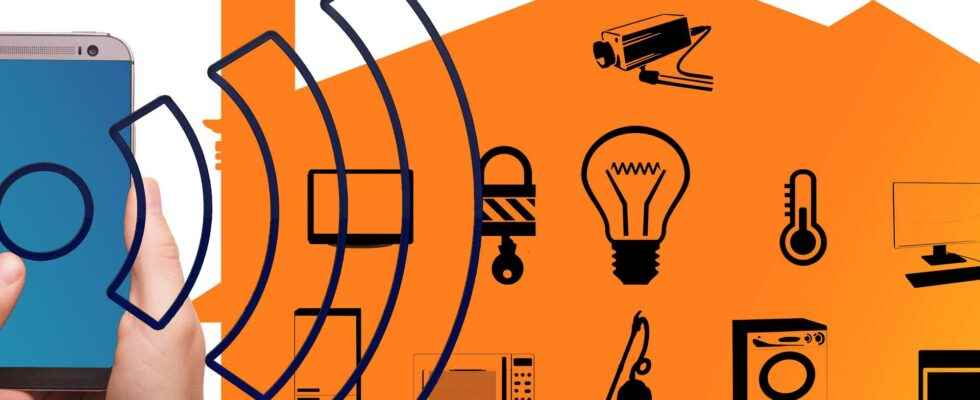Home automation has been around for 20 years, but the concept of “connected home” and the Internet of Things is relatively recent. Televisions, printers, smart speakers, cameras, thermostats or connected refrigerators: your everyday devices are evolving and have direct access to the Internet, but at what cost?
You will also be interested
Unlike the TV remote control, these devices can collect and store information about your usage, habits, and preferences, either on the device or on the network. All of this data poses a potential privacy risk to your smart home, and every device you add to the network creates a new privacy issue. confidentiality.
Your entire network can be attacked
The smart home presents several types of security threats. First, individual devices may not be secure. Some IoT devices are rushed to market, and their security may not have been adequately considered. In some cases, user manuals don’t address privacy issues or give you enough information to be sure the device is secure. For example, baby monitors and security cameras have been hacked, allowing criminals to see inside a home.
In fact, many experts believe that with connected objects, you shouldn’t think about what happens “if” they get hacked, but “when” they will, because many offer little protections, easy to defeat. Second, your box and your network may not be secure, and all the data contained therein may be accessible to a malicious individual. A criminal could track your usage habits of various devices to know when you are away from home, for example.
If your home network is controlled from your main web account, it’s not just the data on your connected devices that could be at risk. Any vulnerability could compromise your private information, including your emails, social media accounts, and even bank accounts. many users control their connected home through a smartphone, making it a very valuable database for anyone who wants to hack your personal information. This creates a high risk if your phone is hacked, stolen, or someone manages to listen in on your conversation. Make sure your home network security isn’t compromised by a single vulnerable connected device.
How to protect your smart home?
Before you rush out to order a smart speaker, thermostat, or doorbell video, think about your comfort level when it comes to balancing convenience, security, and privacy. A security camera can offer some form of protection, but are you ok with images being uploaded to Internet ? One voice assistant like Alexa never sleeps, always listening to your orders. Is it scary or a benefit? Determine what you want from a smart home and where, for you, privacy trumps convenience.
Update your devices
Keep up to date with software updates from your device manufacturer. Available updates are not always announced, so visit the manufacturer’s website regularly. Also, be sure to update the apps mobiles that are associated with your connected device. Adjust your settings to enable automatic software updates so you always have the latest security patches.
Wi-Fi network and router
Your router is the hub that connects all the devices in your home, so make sure it’s secure. After changing the password and the default name of your router, make sure your network name doesn’t leave any clues about your address or identity so hackers can’t locate it. Then check that your router uses an encryption method, such as WPA2, that will ensure the security of your communication.
Also, consider setting up a “guest network” for your devices. This is a second network on your router that allows you to separate your computers and smartphones of connected objects. So, if a device is compromised, a hacker cannot get all the valuable information that is saved on your computers. Consult your router’s manual to learn how to set up a guest network.
Protect your accounts with two-factor authentication
One password long, complex and unique will discourage attempts to break into your accounts. Try to create a string of at least 12 characters, containing a combination of uppercase letters, lowercase letters, symbols and numbers, and unique for each account. A password manager can help you with this task.
The strong passwords are one thing, but you can go further by activating thetwo-factor authentication on the services that support it. These accounts will then require your password and a second form of authenticationusually a six-digit code sent by SMS or generated by an applicationauthentication like google Authenticator or Authy. So even if a hacker gets their hands on your password, they won’t be able to log into your account without that six-digit code. Many smart home devices support 2FA function, including Amazon Echo, Arlo, Google Nest, Ring and many more.
Interested in what you just read?
